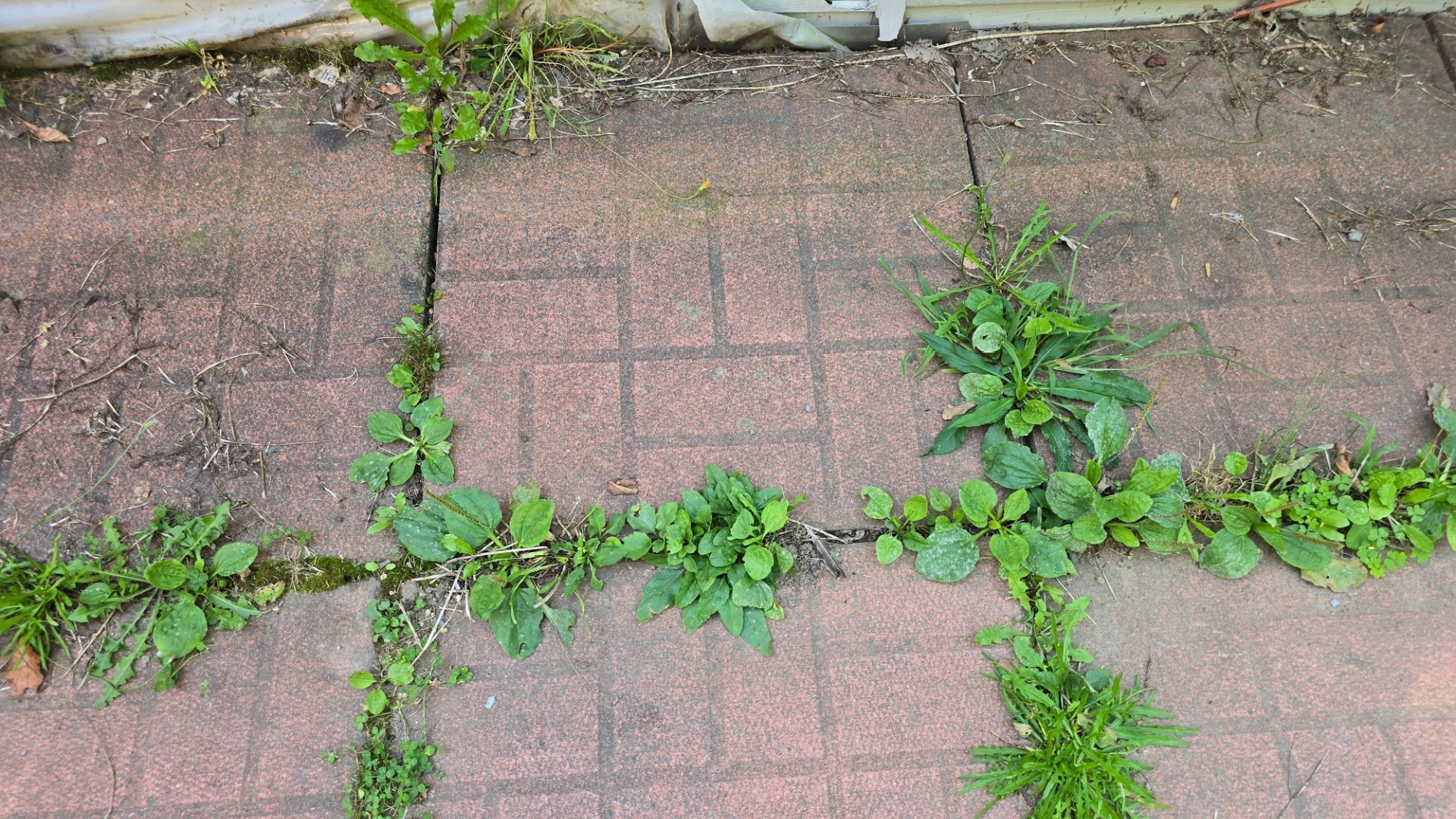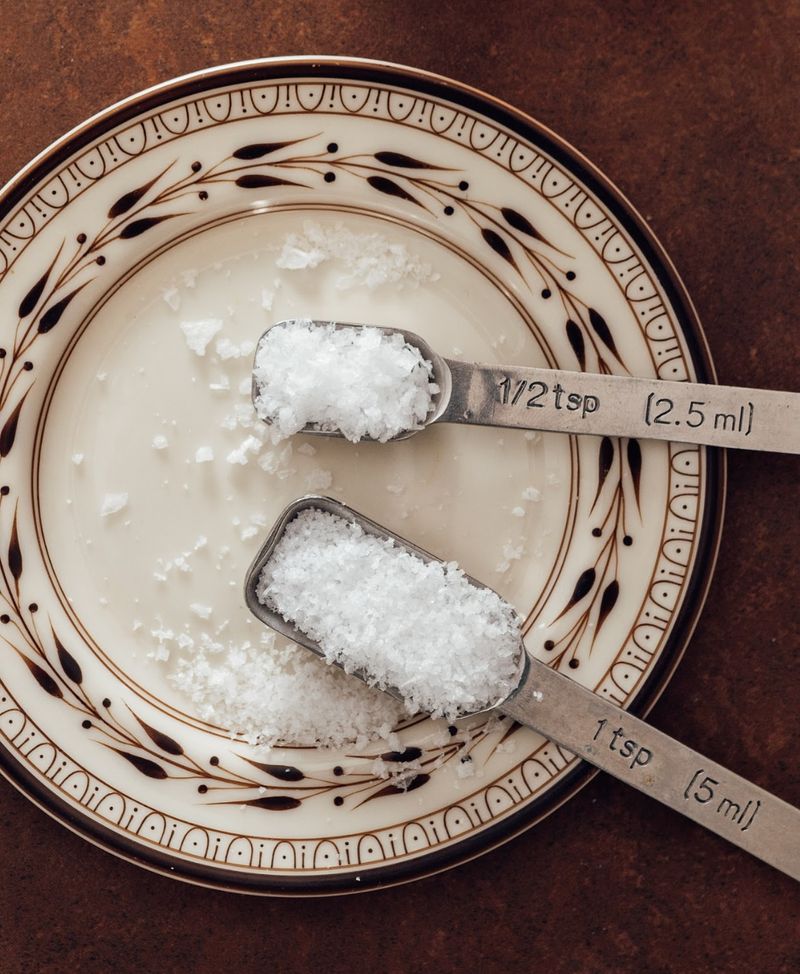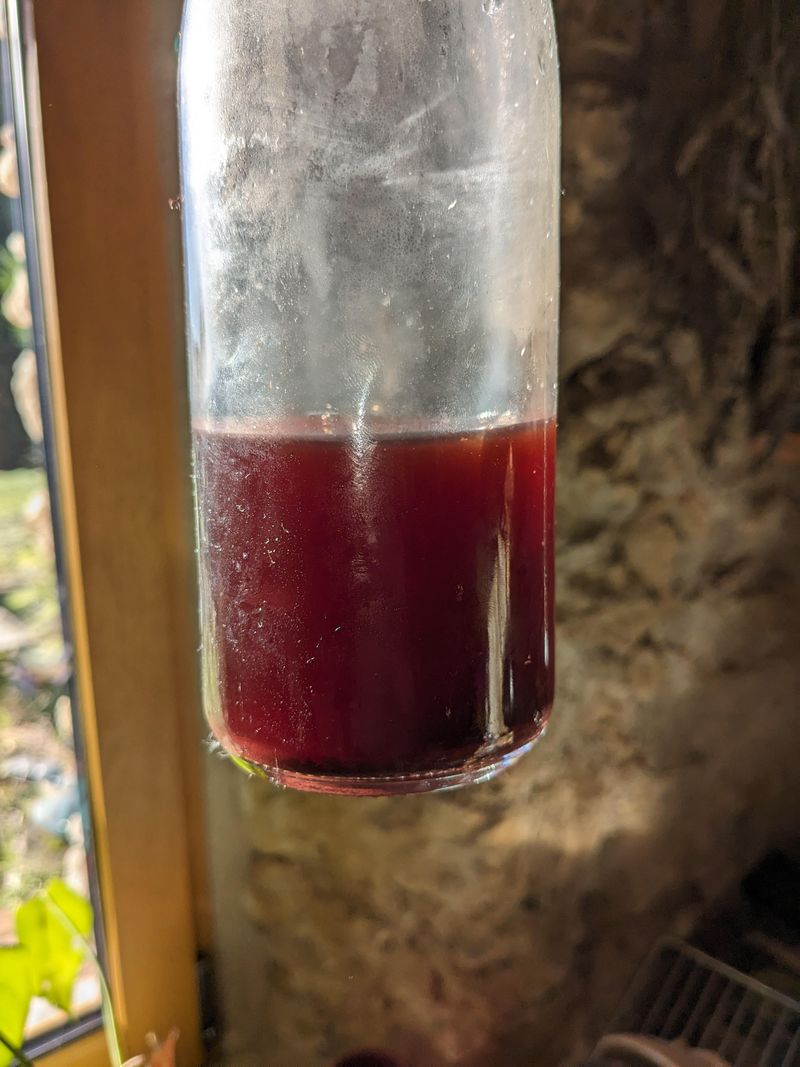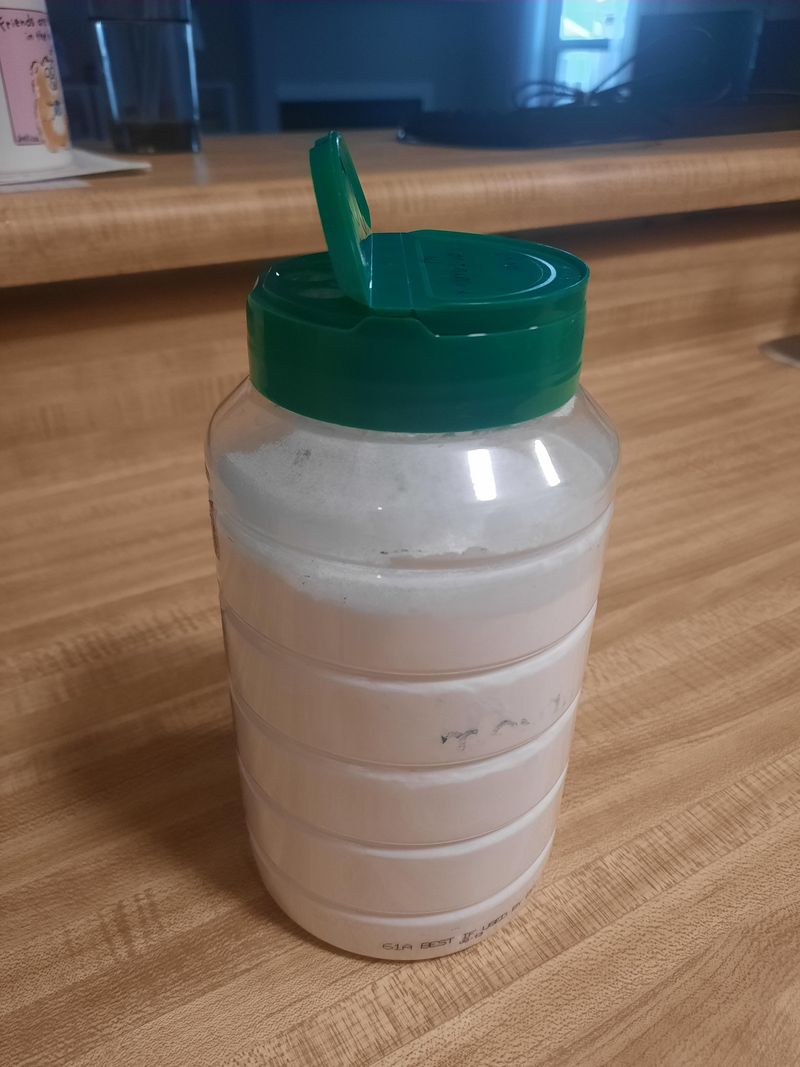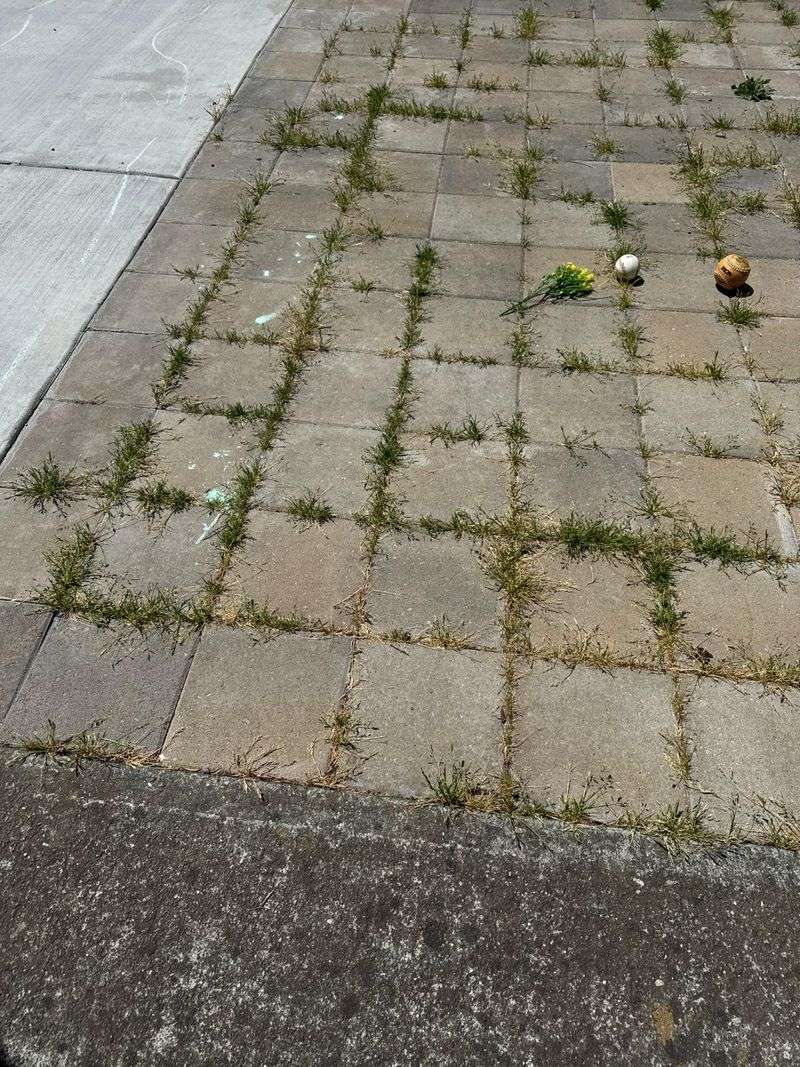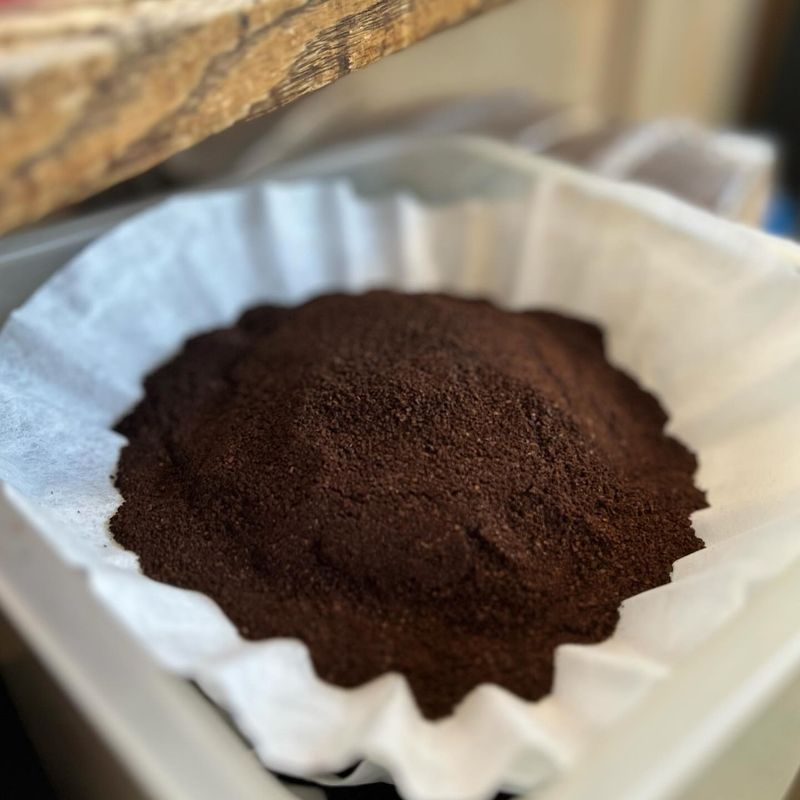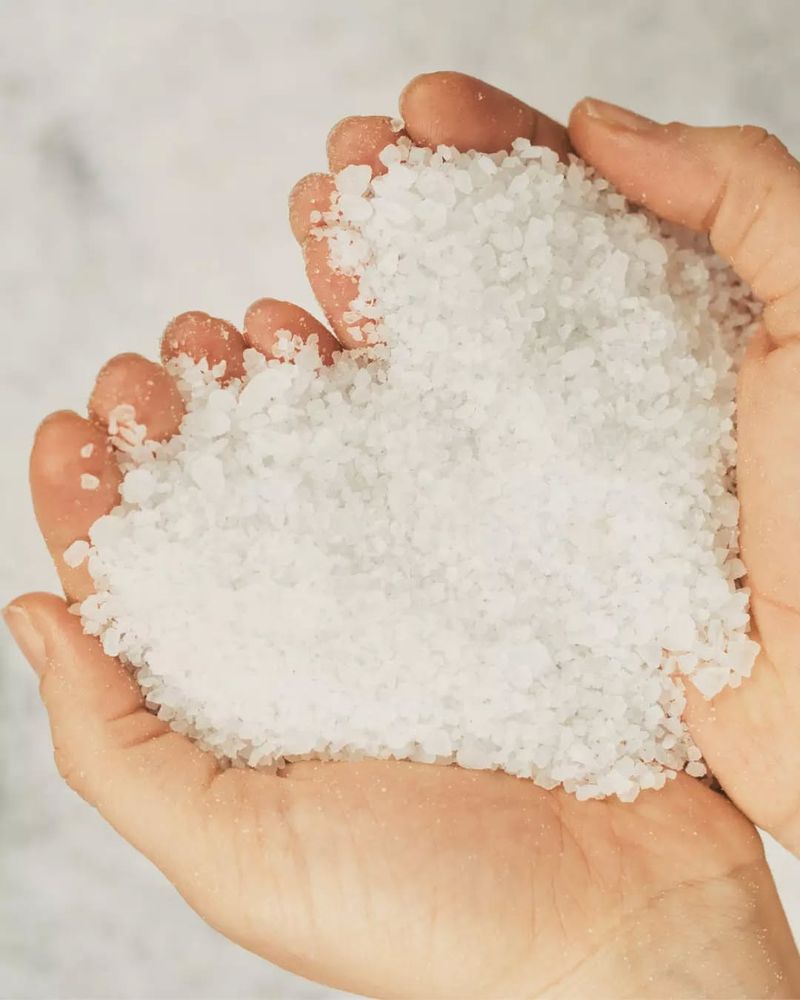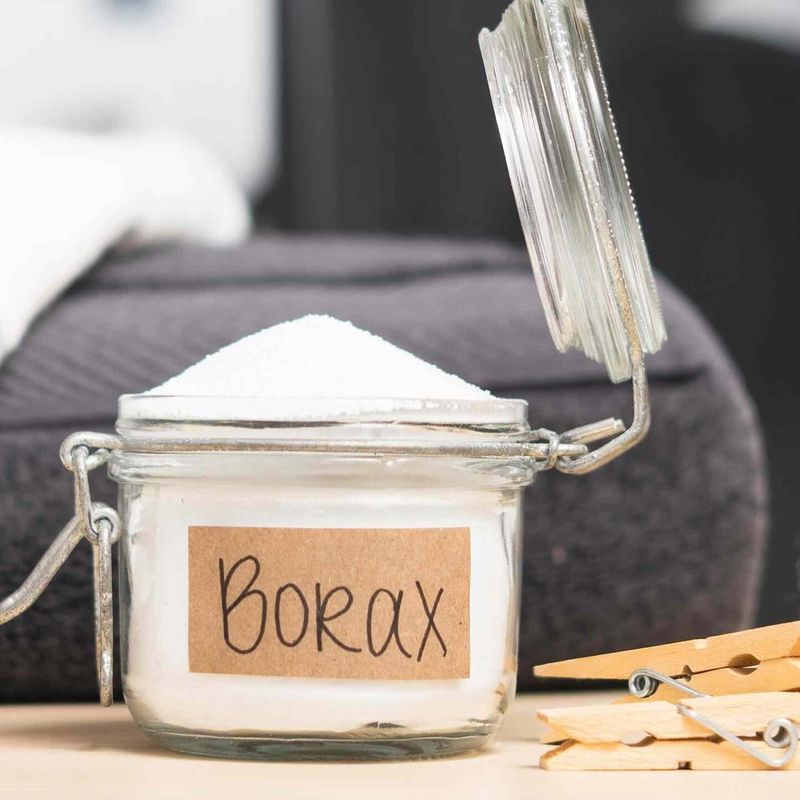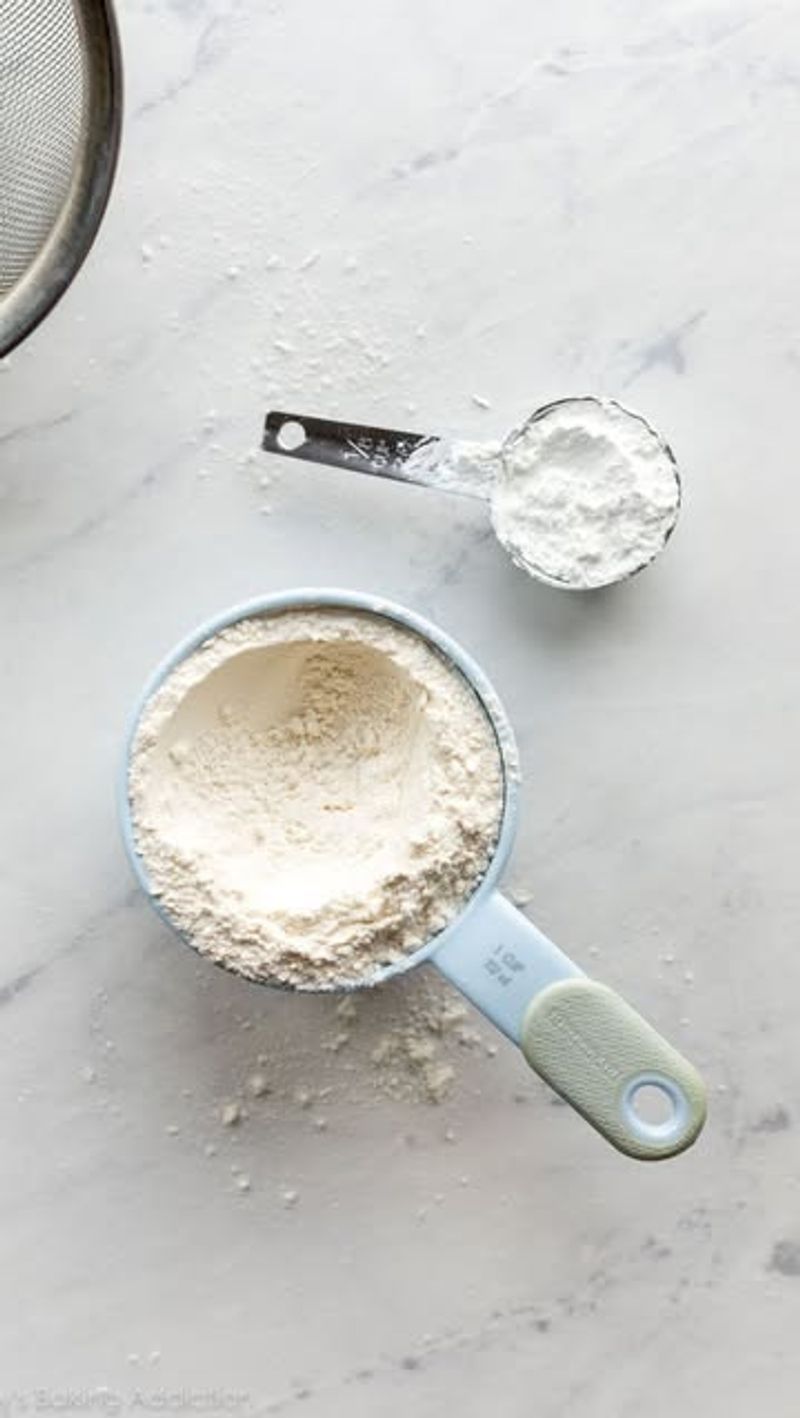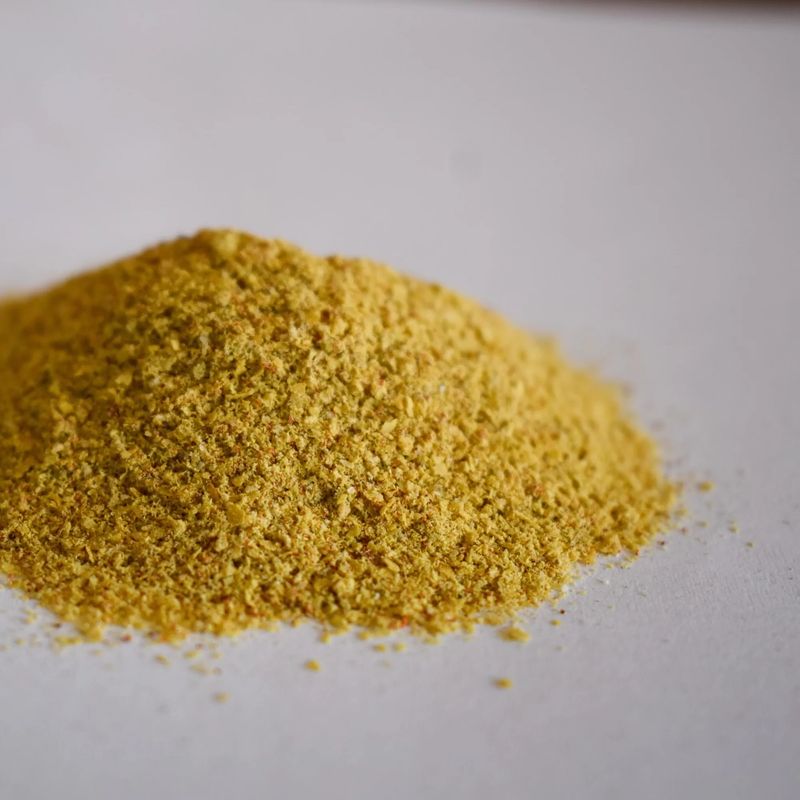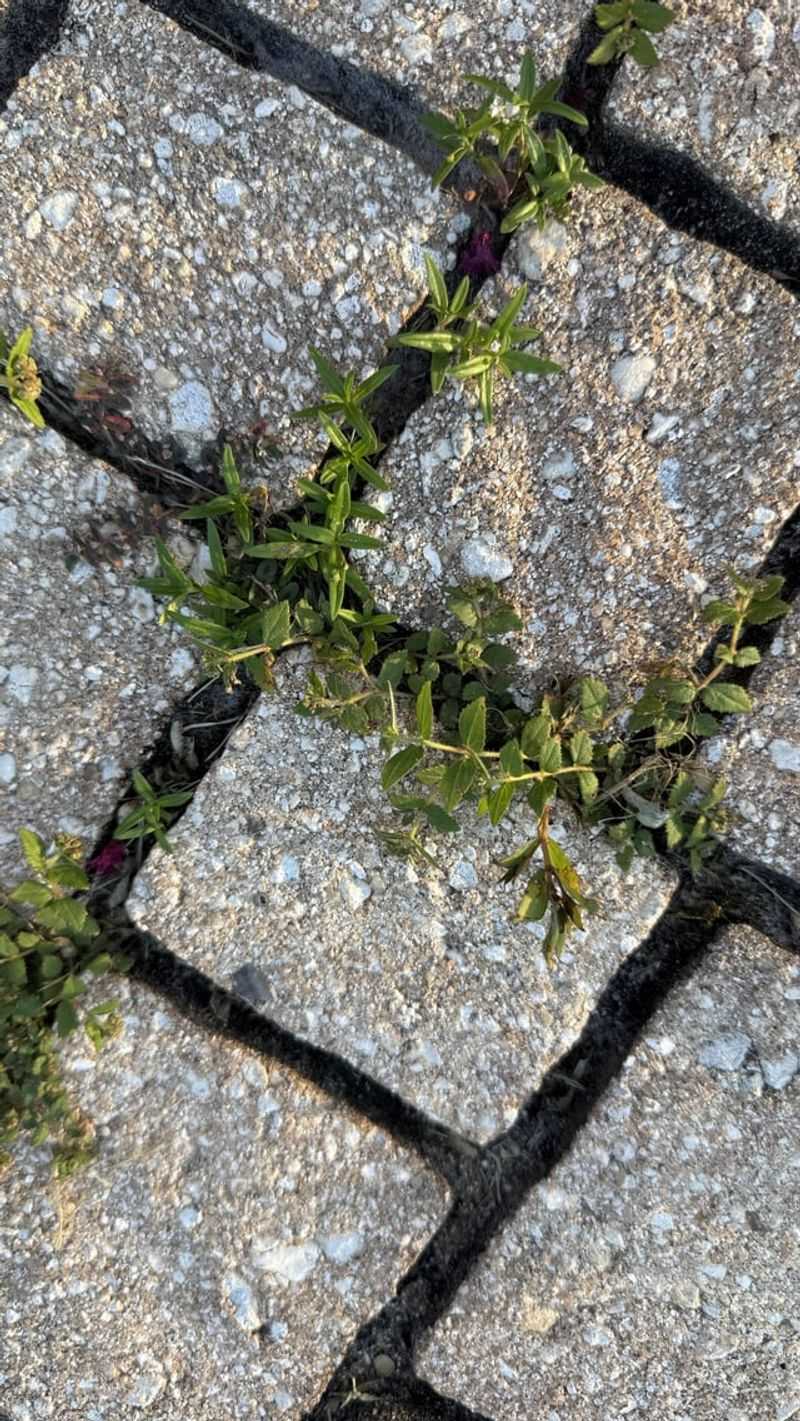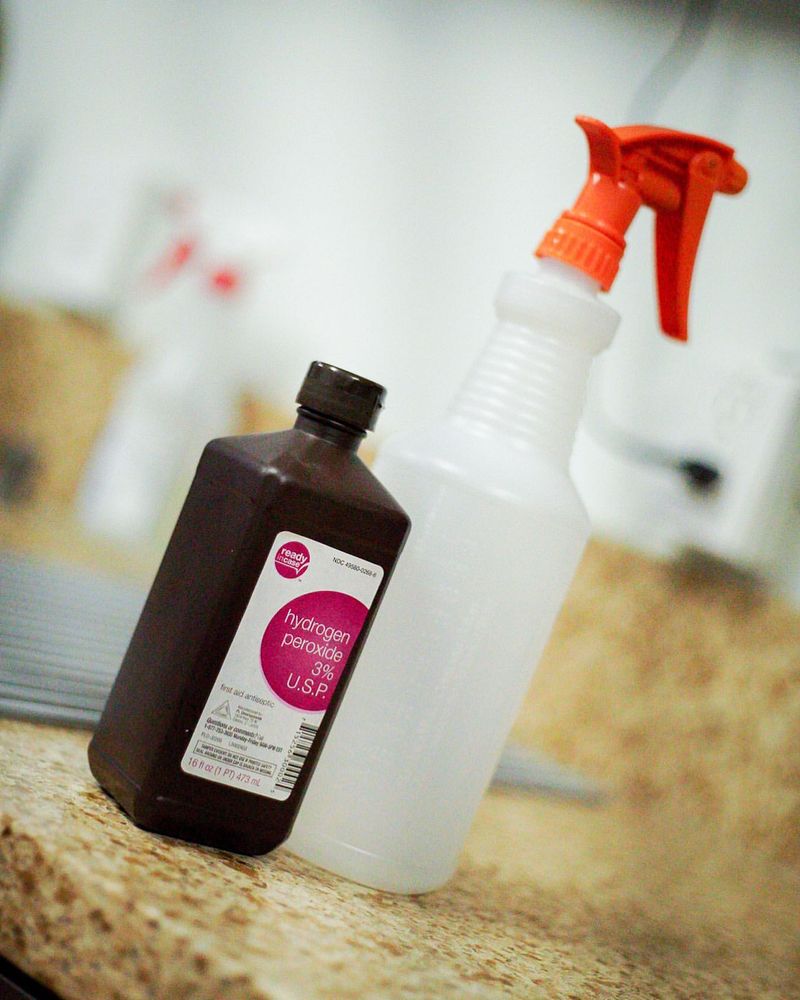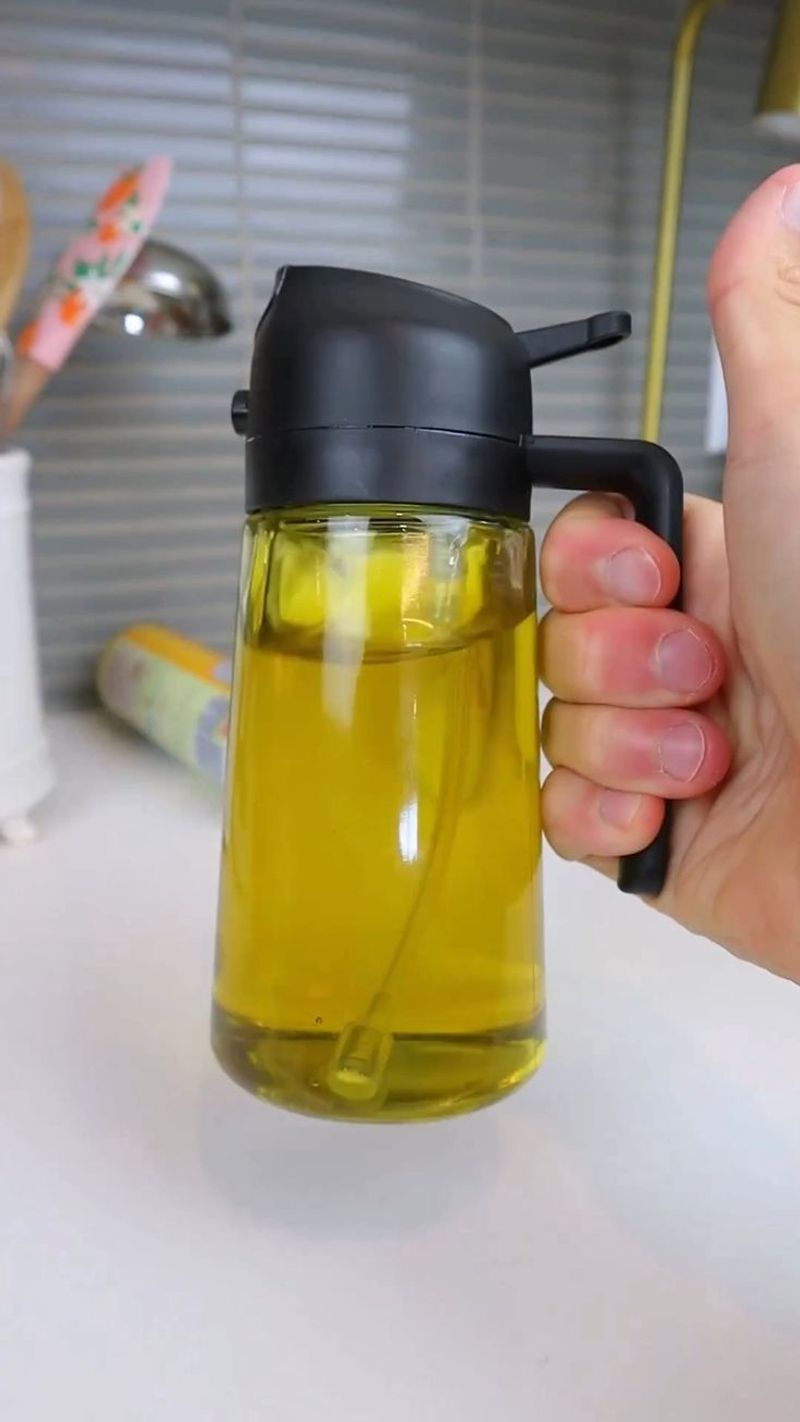Weeds popping up between cracks in your driveway, patio, or walkway? You don’t need harsh chemicals—or a trip to the garden center. These 17 pantry staples double as natural weed-fighters that are already in your kitchen.
Safe, simple, and surprisingly effective, they’ll help you reclaim your space with minimal effort and no toxic sprays.
1. Salt: The Ancient Weed Warrior
Regular table salt creates a hostile environment for unwanted plants. Simply sprinkle a generous amount directly into cracks where weeds appear, and the salt will dehydrate them by drawing out moisture.
For extra effectiveness, mix salt with hot water to create a brine solution. Pour this mixture carefully along cracks on a dry, sunny day when rain isn’t expected.
The salt changes the soil composition, making it difficult for new weeds to establish themselves. Just be careful not to get it on plants you want to keep!
2. Vinegar: Nature’s Weed Zapper
White vinegar contains acetic acid that naturally burns and dries out unwanted plants. Fill a spray bottle with undiluted white vinegar and thoroughly soak the weeds and surrounding soil on a sunny day.
The acidity disrupts the cellular structure of the plants, causing them to wither within 24 hours. For tougher weeds, add a tablespoon of dish soap to help the vinegar stick to the leaves.
Repeated applications may be necessary for stubborn varieties, but most weeds surrender after just one or two treatments.
3. Baking Soda: Powdery Weed Blocker
Baking soda raises soil pH levels, creating an environment where most weeds struggle to survive. Generously sprinkle it directly onto the cracks where weeds appear, then sweep it into the gaps.
After applying, lightly water the area to help the baking soda penetrate the soil. The powder works by making the soil too alkaline for weeds to thrive, effectively stunting their growth.
Regular applications every few weeks during growing season will keep those persistent invaders from returning. Plus, baking soda won’t harm nearby concrete or stone surfaces.
4. Cornmeal: The Seed Stopper
Cornmeal works differently than other weed remedies – it prevents seeds from sprouting rather than killing existing plants. Sprinkle it generously between cracks during early spring before weed seeds germinate.
The natural compounds in cornmeal interfere with root development, stopping new weeds before they start. This makes it an excellent preventative measure rather than a cure for established weeds.
For best results, apply after rain when the ground is still damp, allowing the cornmeal to form a barrier against potential weed growth.
5. Boiling Water: Simple Scalding Solution
Your kettle becomes a powerful weed-fighting tool with this method. Carefully pour boiling water directly onto weeds growing in cracks, making sure to saturate both the visible plant and its root system.
The scalding temperature instantly damages the cellular structure of the plants, causing them to wilt and die within hours. This technique works especially well on young, tender weeds that haven’t established deep roots.
For extra effectiveness, add a pinch of salt to the water before boiling. Just be cautious around desired plants and wear protective footwear during application.
6. Lemon Juice: Citrus Weed Assassin
The high acidity in lemon juice makes it a natural weed killer. Fresh-squeezed juice works best, but bottled versions from your pantry will do the job too.
Apply undiluted lemon juice directly to weeds using a spray bottle on a sunny day. The citric acid breaks down the waxy coating on leaves, causing the plants to dry out and eventually die.
For stubborn weeds, mix equal parts lemon juice and vinegar for an extra-strength solution. The pleasant citrus smell is just a bonus compared to chemical alternatives!
7. Coffee Grounds: Caffeine-Powered Control
Used coffee grounds contain compounds that suppress weed growth while adding beneficial nutrients to the soil. After brewing your morning cup, let the grounds cool and dry slightly.
Pack the grounds firmly into cracks where weeds commonly appear. The coffee creates an acidic environment that many weeds can’t tolerate, while also forming a physical barrier against new seedlings.
As a bonus, coffee grounds gradually decompose and improve soil quality around wanted plants. They also deter certain garden pests like slugs and snails from the area.
8. Epsom Salt: Magnesium Weed Deterrent
Epsom salt (magnesium sulfate) creates a hostile environment for unwanted plants while being gentler than regular salt. Mix 2 cups of Epsom salt with 1 gallon of white vinegar for a powerful weed-killing solution.
Spray or pour this mixture directly into cracks on a dry, sunny day. The combination dehydrates weeds quickly while the magnesium changes soil chemistry to discourage future growth.
Unlike table salt, Epsom salt doesn’t persist in soil for long periods, making it less likely to damage nearby plants you want to keep.
9. Cinnamon: Spicy Seedling Suppressor
Ground cinnamon from your spice rack does double duty as both weed preventer and fungus fighter. Liberally sprinkle it into cracks where weeds frequently appear, especially after removing existing plants.
The natural oils in cinnamon contain compounds that inhibit seed germination and prevent damping-off disease that can affect young plants. Its pleasant aroma is much nicer than chemical alternatives!
Reapply after heavy rain or every few weeks during growing season. The cinnamon creates a barrier that discourages new weed seeds from establishing themselves in the cracks.
10. Borax: Powdery Weed Preventer
This laundry booster doubles as an effective weed controller when used carefully. Mix 10 ounces of Borax with 2.5 gallons of water, then apply the solution directly to cracks using a watering can or spray bottle.
Borax contains boron, which is toxic to plants in high concentrations. The mixture disrupts the cellular structure of weeds, causing them to dry out and die within days.
Use sparingly and keep away from desired plants and areas where pets frequent. One application typically lasts several months, making it a long-lasting solution.
11. Flour: Unexpected Seed Blocker
All-purpose flour creates a paste-like barrier when it gets wet, preventing weed seeds from taking root. Sprinkle a thick layer into cracks after removing existing weeds, then lightly mist with water.
The flour forms a crusty layer that physically blocks new seeds from reaching soil and establishing roots. It’s especially effective when used as a preventative measure before weed season begins.
While not as long-lasting as some other methods, flour is completely non-toxic and safe around children and pets. Simply reapply after heavy rain or every few weeks.
12. Cayenne Pepper: Spicy Weed Deterrent
The capsaicin in cayenne pepper burns more than just your taste buds – it disrupts weed growth too! Mix 1-2 tablespoons of cayenne powder with a quart of water and a teaspoon of liquid dish soap.
Spray this fiery mixture directly onto weeds growing in cracks. The capsaicin damages the cellular membranes of the plants, causing them to dehydrate and die back.
As an added benefit, this spicy solution also deters many garden pests and small animals from digging in treated areas. Just wear gloves during application to avoid skin irritation.
13. Corn Gluten Meal: Natural Pre-Emergent
This byproduct of corn processing prevents weed seeds from developing roots after germination. Sprinkle corn gluten meal generously into cracks during early spring before weed seeds typically sprout.
When the proteins in corn gluten contact moisture, they form a natural barrier that inhibits root formation in newly germinated seeds. Existing plants won’t be affected, making this ideal for prevention rather than elimination.
As a bonus, corn gluten slowly breaks down into nitrogen, providing gentle fertilization for nearby desirable plants. Apply every 5-6 weeks during growing season for continued protection.
14. Dish Soap: Surfactant Weed Solution
Regular dish soap breaks down the protective waxy coating on weed leaves, making them vulnerable to dehydration. Mix 1 cup of dish soap with 1 gallon of white vinegar and apply directly to weeds growing in cracks.
The soap helps the vinegar stick to the plant surfaces rather than running off. This soapy solution is particularly effective against broadleaf weeds with waxy or hairy leaves that typically repel water-based treatments.
Apply on a sunny, dry day for maximum effectiveness. The combination causes weeds to wilt within hours and completely die within days.
15. Rubbing Alcohol: Dehydrating Weed Solution
Isopropyl alcohol from your medicine cabinet makes an effective weed killer by dehydrating plant tissues on contact. Mix equal parts rubbing alcohol and water in a spray bottle for easy application.
Thoroughly spray the solution onto weeds growing in cracks, making sure to saturate the entire plant. The alcohol breaks down cell membranes, causing rapid moisture loss and plant death, usually within 1-2 days.
Apply during the hottest part of the day for enhanced effectiveness. The alcohol evaporates quickly, making this method safe to use near other plants you want to keep.
16. Hydrogen Peroxide: Oxidizing Weed Killer
The 3% hydrogen peroxide solution used for first aid doubles as an effective weed destroyer. Pour it undiluted directly onto weeds growing in cracks, or use a spray bottle for more precise application.
When applied to plants, hydrogen peroxide creates a chemical reaction that damages cell walls and kills the vegetation. You’ll notice bubbling as it works – that’s the oxygen being released during the reaction.
Unlike some harsher methods, hydrogen peroxide breaks down into water and oxygen, leaving no harmful residues. Apply on sunny days for quickest results.
17. Vegetable Oil: Suffocating Spray
Common cooking oils create a suffocating coating that blocks oxygen and sunlight from reaching weeds. Mix 1 cup of vegetable oil with 1 tablespoon of dish soap and 1 gallon of water for an effective spray.
The oil clings to plant surfaces, preventing photosynthesis and gas exchange. Meanwhile, the soap helps the mixture stick to waxy leaf surfaces instead of beading up and rolling off.
Apply liberally to weeds growing in cracks during bright sunshine for maximum effectiveness. The plants will yellow and die within days as they’re unable to produce energy.

